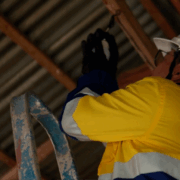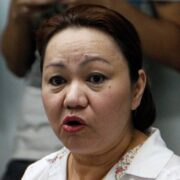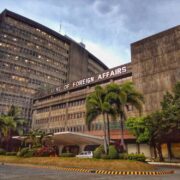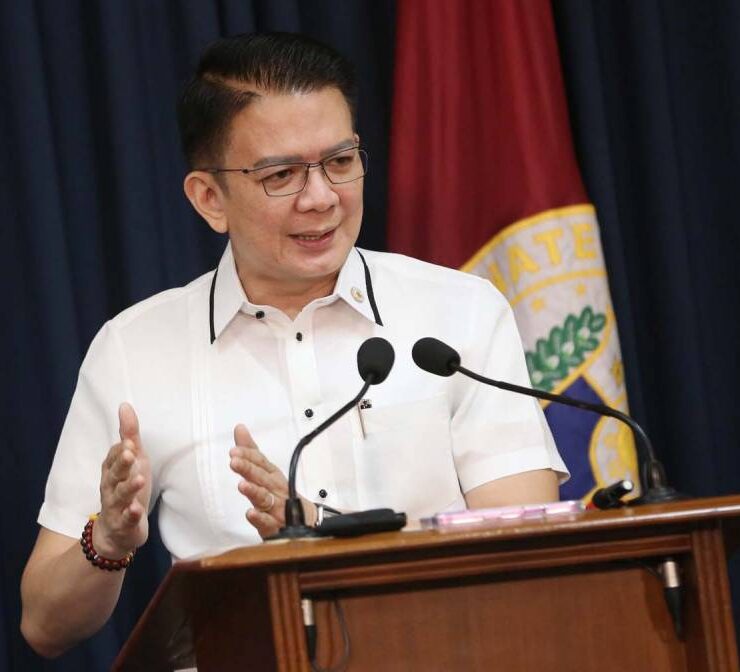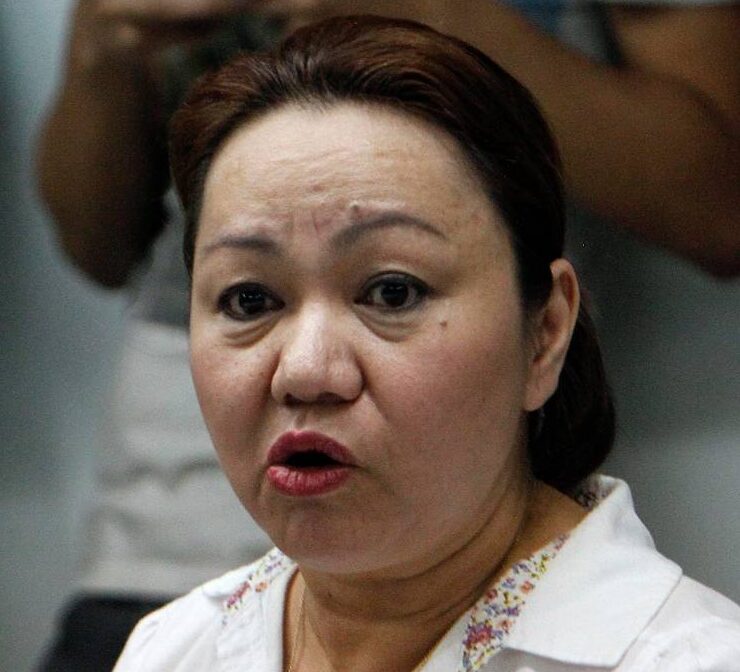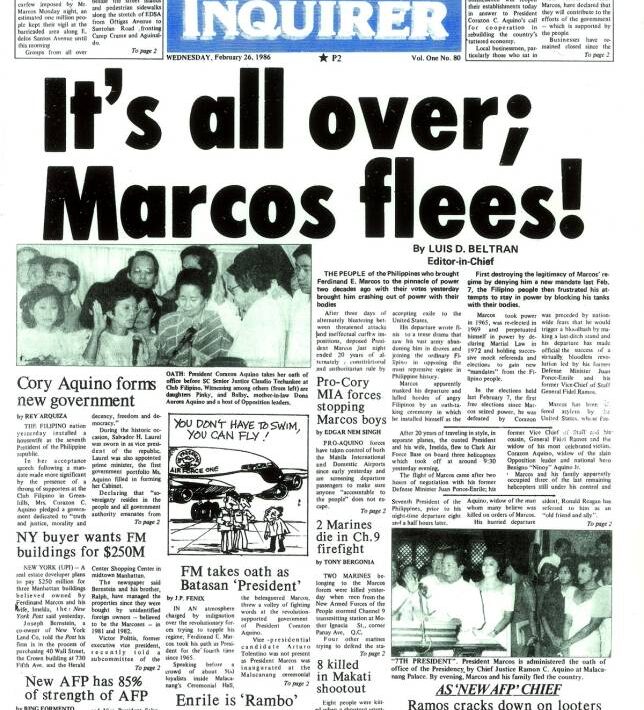Unaffordable housing program

Whatever happened to the Marcos administration’s vaunted promise to solve the country’s perennial housing backlog and enable ordinary Filipinos to finally have their own homes?
In September 2022, during the launch of the Pambansang Pabahay Para sa Pilipino (4PH) Program, President Marcos vowed that his administration would build at least 1 million low-cost housing units every year until his term ends in 2028—or a total of 6 million units.
Middle into the President’s six-year term, however, the government has failed to accomplish even a fraction of this ambitious program—hobbled by problems such as right-of-way issues, delays in procurement, weather disruptions, and other issues. Last year, Mr. Marcos had to revise the target number to 3.2 million by 2028, citing slow private financing.
The United Nations Human Settlements Programme, the UN agency for human settlements and sustainable urbanization, placed the country’s housing backlog at 6.5 million units, with about 3.7 million informal settler families directly impacted by this deficit. The backlog, it said, could reach 22 million by 2040 if the government fails to address it.
The Department of Human Settlements and Urban Development, on the other hand, estimated the backlog to be approximately 2.2 million units and has called on private developers to invest in socialized housing projects, particularly for low-income families living in areas at risk due to typhoons or earthquakes.
Current price ceiling
There is no available data on how many housing units have been built so far under the 4PH program, but the President said this week that Pag-Ibig Fund, the government agency that offers affordable housing loans for Filipino workers, has already helped 57,000 members acquire or improve their homes this year. It has also released P75 billion in cash loans to about 3 million members.
Last August, Pag-Ibig launched an early bird promo granting a 10-year 3-percent subsidized interest rate to the first 30,000 borrowers under the 4PH program. The offer targets overseas Filipino workers, members of the Pantawid Pamilyang Pilipino Program, as well as low- and minimum-wage earners with a monthly income not exceeding P47,800.
The current price ceiling for a socialized housing unit is at P850,000, with monthly payments of around P5,400 to P5,500 under a regular loan. But renowned architect and urban planner Nathaniel von Einsiedel pointed out that half of the Filipino population cannot even afford the lower price ceilings.
Low income
“The problem that the 4PH program faces is not housing; it is low income,” Von Einsiedel wrote in a commentary published in this paper on May 30, 2025. “Hence, it cannot be solved by the traditional commercial real estate approach, which treats a housing unit as a commodity of trade. Until such time that people’s incomes make it possible to afford what the traditional real estate market provides, or government adopts a more creative and innovative approach, the housing problem will only get worse.”
A study by the Philippine Institute for Development Studies (PIDS) published last year said as much. It noted that wages have risen slowly, unable to keep up with the rising cost of housing units. This problem, it said, manifests in the persistent informal settlements problem, homelessness, congestion in urban centers, and high transportation costs for workers to get to their workplaces.
“Studies on housing affordability in the Philippines have highlighted the challenges of low affordability and the limited access to financing for most low-income households. These studies have shown that the government’s attempts to address housing issues by imposing below-market price ceilings and providing interest rate subsidies have proven ineffective,” PIDS said.
Oversupply of condominiums
It is indeed ironic that while there is a housing backlog, there is also an oversupply of condominium units, which reached a record high last year. While the condominium market is different from that of public housing, this further highlights the affordability issue that squeezes both the middle and lower economic classes. As PIDS noted, most Filipino households have limited access to affordable housing in the formal market, and this situation could only worsen over time due to the widening gap between home prices and average wages.
Von Einsiedel has suggested a redirection in the government’s housing program, including incorporating affordable housing settlements in partnership with people’s organizations and nongovernmental organizations in the 4PH program.
The government must also institute reforms to address housing market distortions. Aside from regulating the real estate market, it must address the income gap by ensuring living wages for all Filipinos so that they can afford to rent or own a house. Low interest rates wouldn’t work if the ordinary worker cannot afford to pay them. Unless this is addressed, the housing backlog will only worsen, and owning a house will remain a pipe dream.


